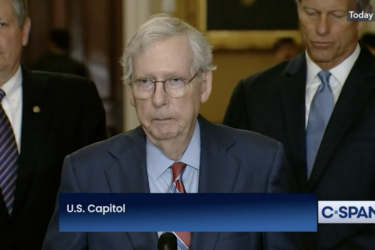We often accept frailty, with its depleted energy and general wearing down of the body, as an inevitable part of aging. About 4 percent of men and 7 percent of women older than 65 were frail in a 2001 study. After the age of 85, that rises to about 25 percent.
Frailty leads to more serious problems, such as an increased risk of falling. People who are frail also have a more difficult time recovering if they are hospitalized.
But, as Judith Graham points out in AHCJ’s core topic pages on aging, exercise can help stave off the decline in body mass, strength, balance and other characteristics of frailty.
Findings like that challenge our view of frail adults as beyond remedy. They’re not. With careful assessment and help from physicians, social workers, nurses, and physical therapists, their functioning can be improved and their lives made easier.
Learn more about frailty, how it affects aging and get links to some relevant studies in the key concepts section of AHCJ’s core topic on aging.









